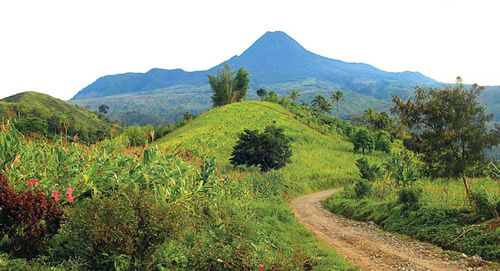The ban on open pit mining in the Philippine province of South Cotabato will be pushed through unless a court issues a restraining order or if local lawmakers craft a new directive. Gov. Arthur Pingoy Jr. said.
The ban which would affect the $5.2 billion Tampakan copper gold project in Mindanao, Phillipines would need to be reviewed.
The Tampakan Project is located on the southern Philippine island of Mindanao, approximately 65 kilometers north of General Santos City. The project is situated on the boundaries of three provinces: South Cotabato, Sultan Kudarat and Davao del Sur and represents one of the largest undeveloped copper-gold deposits in the South East Asia-Western Pacific region.
The Minerals Development Council is seeking to review the ban and some lawyers have called it illegal. Mines and Geosciences Bureau Director Edwin Domingo said that officials from his bureau had met with the provincial leaders along with officials from the Department of Environment and Natural Resources in the hope of reviewing the order.
Tampakan is expected to attract large foreign investments into the Phillipines thanks to its large untapped copper resources. In July Ramon Jesus P. Paje the Environment Secretary had said that the government would try to facilitate a compromise on the open pit mining ban in South Cotabato.
Sagittarius Mines is at present in the exploration stage for the Tampakan Project, a 2.2 billion metric ton deposit, containing 12.8 million metric tons of copper and 15.2 million ounces of gold at a 0.3% cut-off grade.
The Tampakan Project is operated by Philippine-based affiliate Sagittarius Mines, Incorporated (SMI), whose 40% controlling equity is a joint venture among Xstrata Copper (62.5%), Indophil Resources NL (34.2%) and the Alsons Corporation (3.3%). The 60% non-controlling equity shareholders of SMI are the Tampakan Mining Corporation and Southcot Mining Corporation (known as the Tampakan Group of Companies). In December 2008, the project employed approximately 209 employees and 846 contractors, including 349 local community residents who worked on weekly rotational shifts to support the project’s exploratory drill rigs and other operational needs.
 Xstrata's Tampakan project in the Philippines. Image Credit: Xstrata
Xstrata's Tampakan project in the Philippines. Image Credit: Xstrata